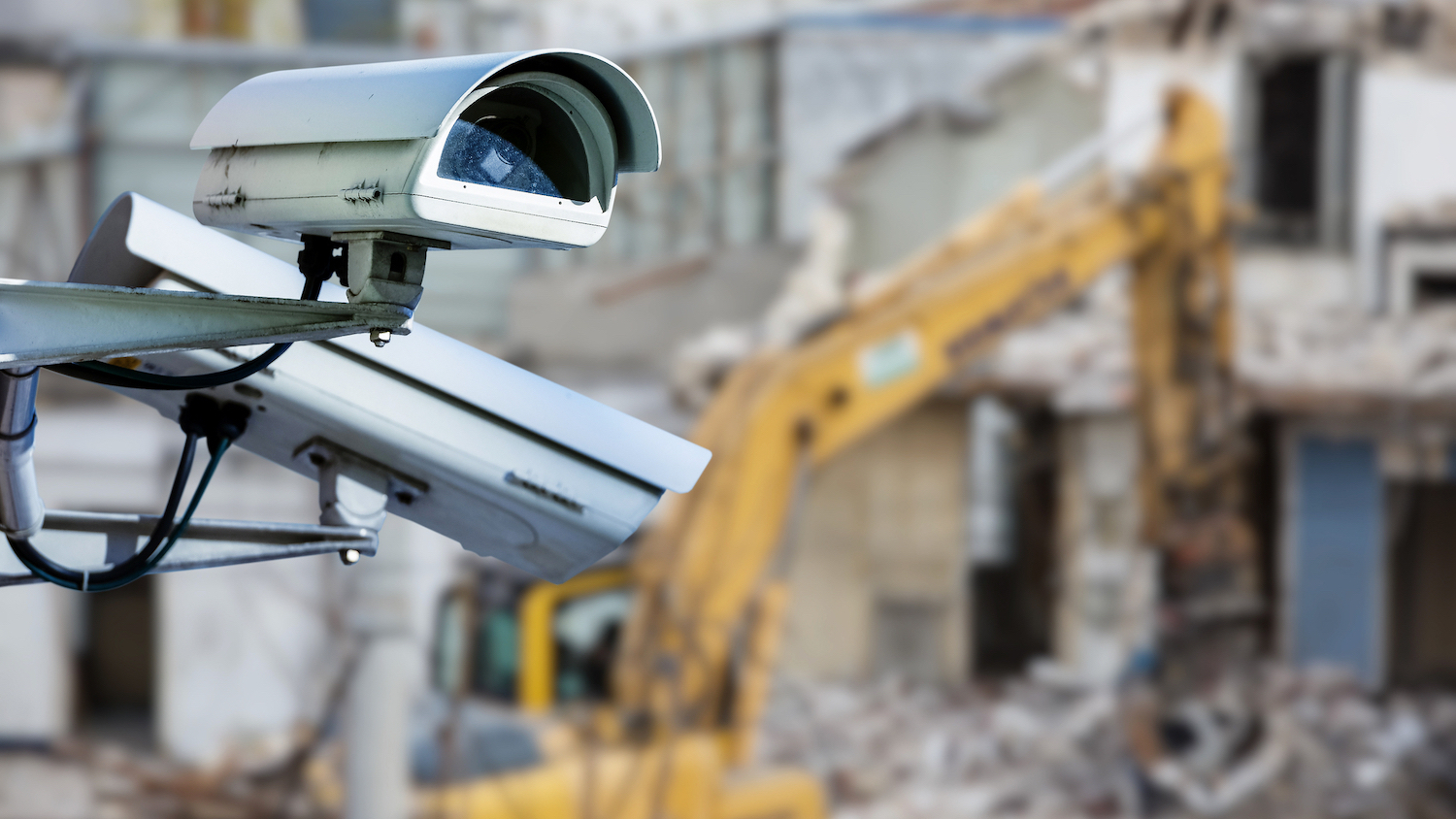
The construction industry suffers losses of nearly £1bn a year due to theft. It’s time for site security to fully embrace the digital age, says BauWatch UK’s Alexis Potter.
As we move further into winter, longer nights and the prevailing economic instability offer construction firms little respite following a challenging year. Dovetailing with financial woes, the impact of theft during these darker days is significant, as seen in instances like railway cable theft. Materials like copper remain key targets for organised and opportunistic thieves, making construction sites hotbeds for criminal activity. Only recently, the Aurubis copper theft in Germany set Europe’s largest copper producer back almost $200m (£157m).
If the current crime wave doesn’t subside, the construction sector will continue to face annual losses of about £800m due to theft. To make matters worse, increasingly sophisticated criminal activities are using technology such as drones and jammers to thwart security efforts.
To combat this burgeoning threat, many firms are turning to imaging technologies like computer vision and laser scanning to enhance security and onsite safety monitoring. These innovations are redefining how firms collect and interact with information – enabling proactive interventions and seamless collaboration between onsite and offsite teams.

“Growing synergies between BIM and advanced imaging technologies are also playing a critical role in enhancing on-site safety and security.”
Smarter security solutions
In the past, construction site security was largely reliant on human guards. Today, depending on a site’s needs, we are seeing an increasingly blended mix of technology and or security personnel, taking human error out of the equation. As the industry continues to digitise, this technology is increasingly drawing on advanced solutions like artificial intelligence (AI).
As a result of increased AI use, video technology is becoming more automated and intelligent – a pivotal shift in the battle against increasingly advanced crime. The integration of AI enhances surveillance systems by allowing for real-time analysis of video footage.
Adding this AI-driven approach helps in aggregating data to draw on machine learning to identify trends in site activity, reducing reliance on reactive measures that are often called upon too late. By training algorithms with images of known security threats, these systems become more accurate and effective as time goes on.
Drones, too, have become crucial in site surveillance, especially in complex or large-scale projects, thanks to their ability to reach high or dangerous areas. Their integration with AI enhances threat detection capabilities, and their programmability for routine inspections adds another layer of round-the-clock security.
Bringing models to life
Effective as it is, AI is not the only tool used today to combat security and safety threats. Growing synergies between BIM and advanced imaging technologies, like 3D laser scanning and photogrammetry, are also playing a critical role.
By providing a comprehensive, real-time view of the construction site, BIM facilitates more informed decision-making, allowing for the anticipation and mitigation of potential safety hazards and security breaches. Firms can simulate various scenarios, helping to predict and mitigate risks. For instance, the flow of people in an emergency evacuation can be modelled, or models used to plan the placement of security systems like cameras and alarms.
Furthermore, the incorporation of technologies like RFID tagging and GPS within BIM frameworks allows for precise, real-time tracking and management of resources, thus reducing the risk of asset loss. The combination of BIM, advanced imaging technologies, and tracking systems ultimately leads to a more controlled and secure construction environment. It allows for early identification of potential issues, better planning, and efficient resource management.
Building a more secure future
Looking ahead, the construction industry is actively embracing advanced technologies such as AI-powered surveillance, shifting from reactive to proactive strategies in addressing security threats. This transition is integral to the industry’s comprehensive security strategy, vital for maintaining project continuity and safeguarding assets amid ever-present economic risks.
The Construction Equipment Association’s recent commitment, alongside other industry groups, of £650,000 to combat machinery theft in the UK underscores the importance of this technological adoption.
As the industry confronts a constantly evolving risk landscape, these technological solutions have become indispensable, ensuring the steady progress and resilience of projects, from minor housing developments to large infrastructure projects.
Alexis Potter is MD of BauWatch UK.
Don’t miss out on BIM and digital construction news: sign up to receive the BIMplus newsletter.











